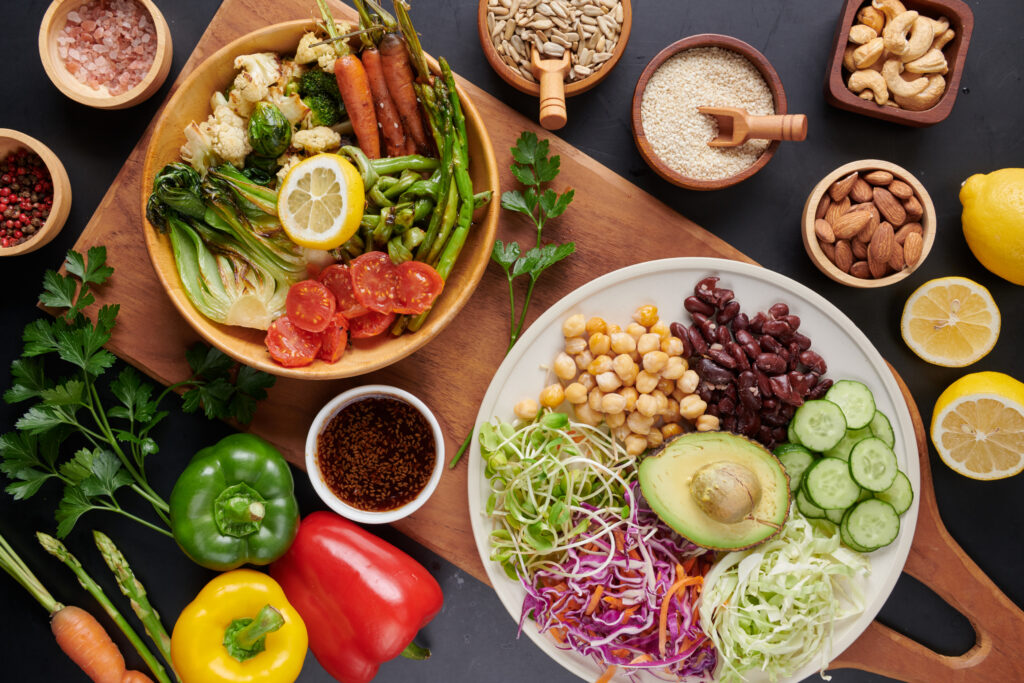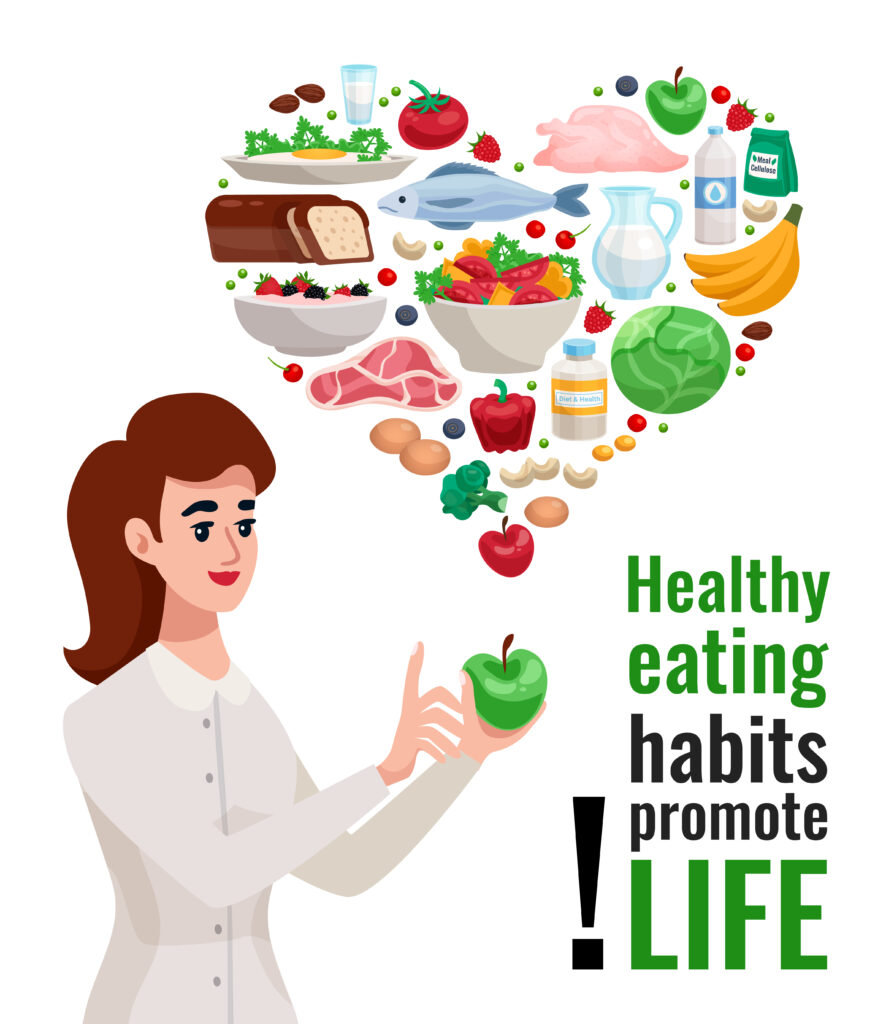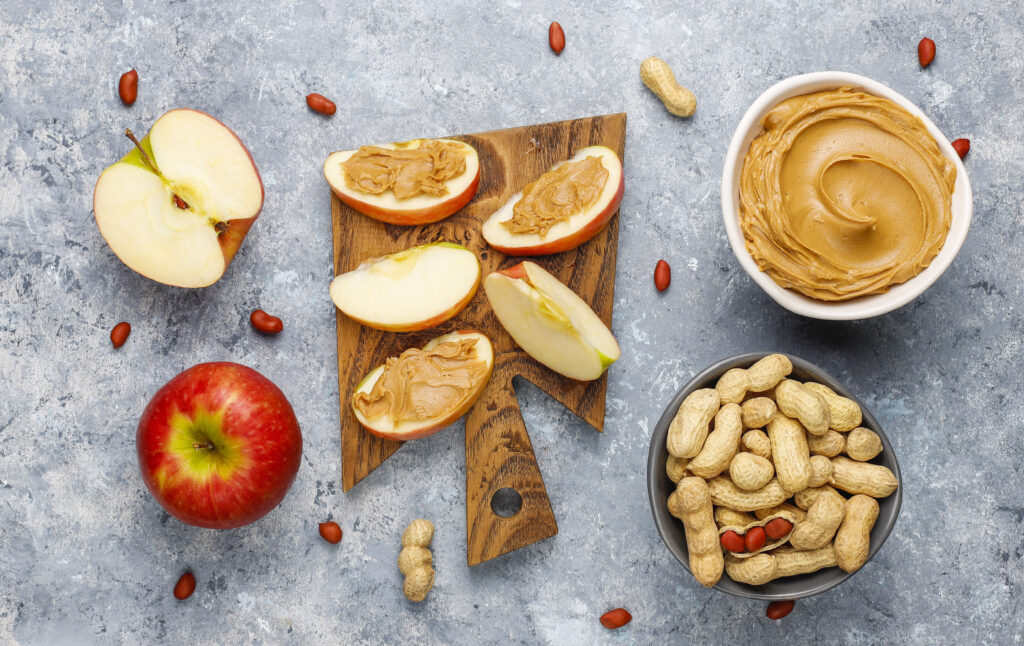The Ultimate Guide to the DASH Diet: A Heart-Healthy Plan That Actually Works
In today’s fast-paced world, health is often sidelined—until a wake-up call like high blood pressure changes everything. If you’re looking for a scientifically proven, practical, and delicious way to take control of your heart health, look no further than the DASH diet.

This blog dives deep into what the DASH diet really is, who it’s for, why it’s effective, and how you can follow it using everyday foods—even in an Indian vegetarian kitchen. Whether you’re searching for a DASH diet chart, a DASH diet food list, or a complete DASH diet meal plan, you’re in the right place.
Table of Contents
🔍 What Is the DASH Diet?
DASH stands for Dietary Approaches to Stop Hypertension. As the full form suggests, the DASH diet was specifically designed to help people manage or prevent hypertension (high blood pressure). But its benefits go far beyond just blood pressure control—this heart-friendly way of eating can support weight loss, reduce cholesterol, and boost overall wellness.
Unlike fad diets, the DASH diet is flexible, sustainable, and backed by decades of research.

💡 DASH Diet Full Form & Origins
Let’s begin with the basics: What does the DASH diet stand for?
DASH stands for a dietary strategy designed to prevent and manage high blood pressure. Developed in the 1990s by the National Institutes of Health (NIH), the DASH diet was part of a large clinical study aimed at identifying how dietary changes could impact blood pressure without medication.
The results were astonishing: people who followed the DASH diet had significant drops in both systolic and diastolic blood pressure within just two week
❤️ DASH Diet for Hypertension: Why It Works
The DASH diet for hypertension focuses on reducing sodium while increasing the intake of potassium, magnesium, calcium, and fiber-rich foods—all essential for heart health.
Key mechanisms include:
- Lowering sodium intake, which directly reduces blood pressure.
- Increasing potassium, which balances out the negative effects of salt.
- High intake of fruits, vegetables, and whole grains, which support blood vessel health.
It’s no surprise that the DASH diet frequently appears on lists of the best heart-healthy diets recommended by the American Heart Association and other leading health organizations. News & World Report.
📋 DASH Diet Chart: Daily Servings at a Glance
Below is a simple DASH diet chart showing the suggested daily servings based on a typical 2,000-calorie diet.
| Food Group | Servings per Day | Examples |
|---|---|---|
| Vegetables | 4–5 servings | Spinach, carrots, broccoli, lauki |
| Fruits | 4–5 servings | Banana, apple, papaya |
| Whole Grains | 6–8 servings | Brown rice, oats, whole wheat roti |
| Low-fat Dairy | 2–3 servings | Skim milk, curd, low-fat paneer |
| Lean Protein | 2 or fewer servings | Dal, rajma, chana (vegetarian) |
| Nuts & Seeds | 4–5 per week | Almonds, flaxseeds, walnuts |
| Fats & Oils | 2–3 servings | Olive oil, mustard oil |
| Sweets | 5 or fewer per week | Jaggery, dark chocolate |
🛒 DASH Diet Food List: What to Eat and What to Avoid

✅ Foods to Include in the DASH Diet Food List:
- Vegetables: Broccoli, carrots, spinach, pumpkin, lauki
- Fruits: Berries, bananas, oranges, papaya
- Whole grains: Brown rice, jowar, bajra, oats
- Legumes: Dal, rajma, chana, moong
- Low-fat dairy: Milk, yogurt, paneer (low-fat)
- Nuts and seeds: Almonds, flaxseeds, peanuts (unsalted)
- Healthy oils: Olive oil, sesame oil
- Beverages: Water, buttermilk, coconut water
🚫 Foods to Avoid:
- Pickles, papads, and high-sodium packaged snacks
- Fried foods and trans fats
- Sugary drinks like soda
- Processed meats (for non-vegetarians)
🍽️ Sample 7-Day Vegetarian Meal Plan for the DASH Diet
Here’s a 7-day DASH diet meal plan tailored to Indian vegetarian tastes:
| Day | Breakfast | Lunch | Snack | Dinner |
|---|---|---|---|---|
| Day 1 | Vegetable upma + papaya | Lauki curry + brown rice + cucumber salad | Roasted chana / banana | Spinach moong dal khichdi + curd |
| Day 2 | Masala oats | Rajma (low salt) + red rice + sautéed beans | Guava / murmura bhel | Phulka + palak paneer (low-fat) |
| Day 3 | Poha with peanuts | Chana masala + jowar roti + kachumber | Buttermilk + fruit | Vegetable dalia with carrots, capsicum |
| Day 4 | Moong chilla + chutney | Tinda sabzi + bajra roti + curd | Sprouts chaat | Lemon rice with sautéed lauki |
| Day 5 | Vegetable semiya upma | Toor dal + brown rice + bhindi sabzi | Apple + peanut butter | Thepla + lauki raita + spinach |
| Day 6 | Idli + coconut chutney | Sambar + red rice + cabbage thoran | Sweet potato chaat | Masoor dal + phulka + grilled veggies |
| Day 7 | Ragi porridge + jaggery | Vegetable biryani (low salt) + raita | Curd + pomegranate | Moong dal dosa + mint chutney + beans |
…and so on.You can repeat this plan regularly, making small adjustments to keep it enjoyable and sustainable over time.
🍲 DASH Diet Recipes You’ll Actually Enjoy
Eating healthy doesn’t mean eating boring! Here are a few DASH diet recipes that are flavorful and easy to prepare:
🥗 Mixed Vegetable Stir-Fry
Low-sodium, high-fiber
Use olive oil, garlic, carrots, beans, and zucchini
🍛 Moong Dal Khichdi
Use brown rice or millets for extra fiber
Add spinach, peas, and bottle gourd
🥤 Banana-Oats Smoothie
Blend banana + soaked oats + skim milk + flaxseeds
These DASH diet recipes are rich in nutrients, easy to digest, and perfect for people of all ages.

Indian-Style DASH Diet Tips
Adapting the DASH diet to an Indian kitchen is surprisingly easy. You don’t need exotic ingredients or complicated meal prep.
Switch white rice for millets or red rice
Choose homemade snacks like roasted chana
Use herbs such as curry leaves, coriander, mint, and cumin instead of salt to add flavor.
Use ghee sparingly or opt for mustard oil
With some thoughtful preparation, a classic Indian thali can easily fit within the DASH diet guidelines!
⚖️ DASH Diet vs. Other Diets
| Feature | DASH Diet | Keto | Mediterranean |
|---|---|---|---|
| Heart-healthy | ✅ | ❌ | ✅ |
| Low sodium | ✅ | ❌ | ⚠️ |
| Vegetarian-friendly | ✅ | ⚠️ | ✅ |
| Long-term sustainability | ✅ | ❌ | ✅ |
Unlike low-carb or high-fat diets, the DASH diet is well-balanced and suitable for the whole family, including children and the elderly.
🔁 How to Start the DASH Diet Today
Starting is easier than you think. Here are some DASH diet tips for beginners:
- Cut down your salt intake gradually
- Plan your meals ahead using a DASH diet chart
- Keep healthy snacks ready (fruits, sprouts, buttermilk)
- Read food labels to check for hidden sodium
- Make one small change every week
❌ Common Myths About the DASH Diet
“It’s bland” – Not true! Use spices like jeera, hing, ginger, and lemon to make meals flavorful.
“It’s expensive” – You don’t need fancy superfoods.All you really need are locally sourced grains, vegetables, and lentils
“It’s only for people with hypertension” – While it’s great for high blood pressure, it also helps with cholesterol, weight loss, and diabetes prevention.
✅ Real People, Real Results
Doctors around the world recommend the DASH diet for patients struggling with lifestyle diseases. People who adopt it consistently report:
- Weight loss without starving
- Lower blood pressure in just a few weeks
- Improved energy and digestion
You don’t have to take our word for it—start small, and you’ll see big changes.
🧠 Conclusion
Why the DASH Diet Is More Than a Diet—It’s a Lifestyle
The DASH diet isn’t about deprivation. It’s about nourishing your body with the right foods, in the right portions, for the right reasons. With benefits like better heart health, improved energy, and even weight loss, it’s no wonder that the DASH diet is recommended by doctors and dietitians worldwide.
So if you’re wondering “What is the DASH diet?” or “How do I get started?”,
Start today. Your heart will thank you tomorrow. 💓




Pingback: Blood Pressure 101: What Everyone Should Know Today - Access My Doctor
Pingback: High Blood Pressure: Causes, Symptoms & Treatment - Access My Doctor
Pingback: What Does a Heart Attack Feel Like? 6 Early Warning Signs You Should Never Ignore - Access My Doctor